#shelterbelt
Text
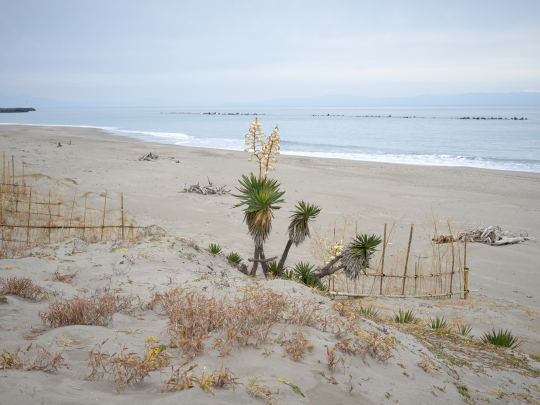
Shelterbelt, Susuki, Shizuoka, 2024
防砂林, 牧之原市須々木, 静岡, 2024
34 notes
·
View notes
Text
Around the Tubes
Some comic news and reviews from around the web to star the day! #comics #comicbooks
The weekend is almost here! What geeky things are you all doing? Sound off in the comments below! While you think about that, here’s some comic news and reviews from around the web.
Kotaku – Kevin Conroy’s Last Batman Performance Is For An Upcoming Video Game – And we’re sure it’ll be amazing like all his other work.
The Beat – Shocker: NFT companies backing off on paying royalties – You can’t…
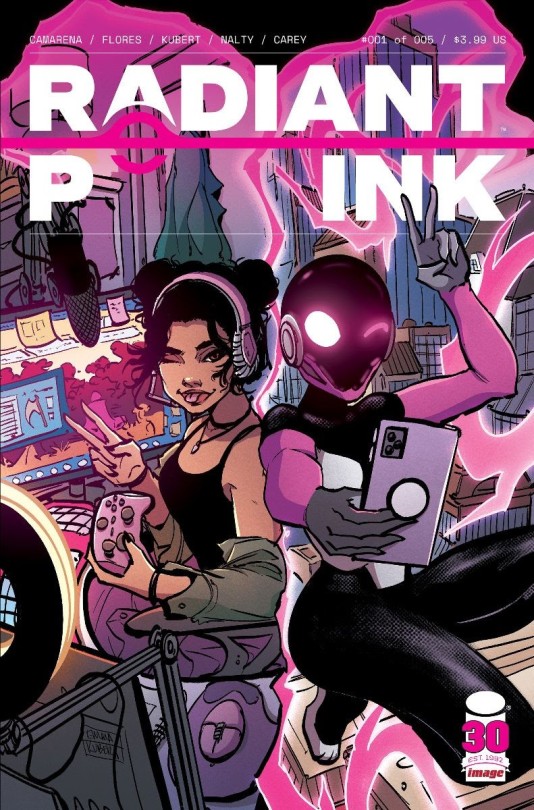
View On WordPress
2 notes
·
View notes
Photo
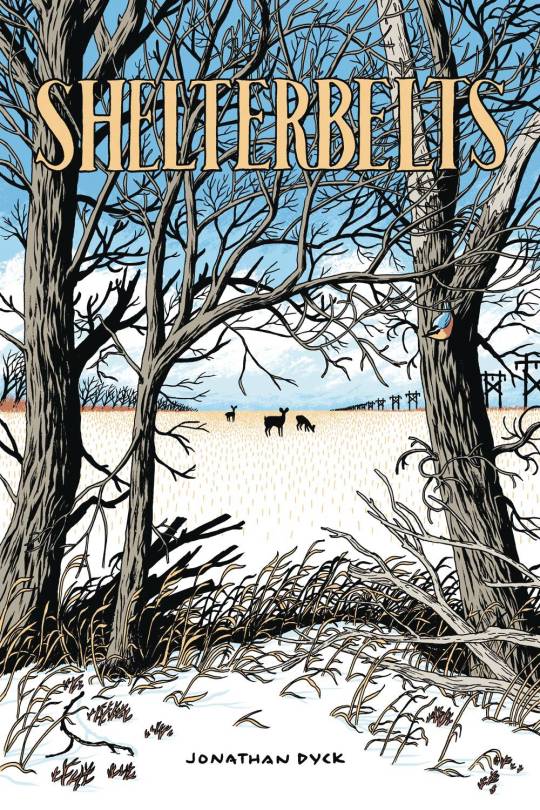
Out this week: Shelterbelts (Conundrum Press, $20)
This graphic novel, written and drawn by Jonathan Dyck, started life as a series of interconnected short comics about a Mennonite community in southern Manitoba, Canada. It grew from there into this graphic novel, which details what happens when a non-denominational megachurch opens on the edge of this community. You can find a preview here.
See what else arrives in comic shops this week.
#shelterbelts#jonathan dyck#conundrum press#graphic novels#ncbd#can't wait for comics#new comics day#new comics#new comic book day
2 notes
·
View notes
Text
Gana'nın ilk yardımda kullanılan şifalı bitkileri tehdit altında
Gana'nın ilk yardımda kullanılan şifalı bitkileri tehdit altında

#AmamaShelterbeltOrmanRezervi, #AşırıHasat, #AsukeseOrmanRezervi, #BitkiÇeşitleri, #BitkiTıbbıAraştırmaMerkezi, #BitkiTıbbıBilimselAraştırmaMerkezi, #BitkiselAcıÜretimi, #BitkiselIlaçlar, #BiyoçeşitlilikKaybı, #EtnobotanikBilgi, #FarmakolojikEtki, #GanaGelenekselTıp, #GanaOrmanları, #GanaOrmansızlaşmaOranları, #GanaŞifalıBitkiler, #GanaDaBitkiselIlaçKullanımı, #GanaDaŞifalıBitkiler, #GanaDakiYerelTopluluklar, #GanaNınEtnobotanikGelenekleri, #GelenekselBitkiBilgisi, #GelenekselTıp, #KorumaProgramları, #ModifiyeTaungyaSistemi, #OrmanRestorasyonu, #OrmanYangınları, #Ormansızlaşma, #OrmansızlaşmaEtkileri, #TarımsalGenişleme, #YerelBilgi, #YerelTopluluklar https://is.gd/lX8YHo https://www.tibbivearomatikbitkiler.com/haberler/gananin-ilk-yardimda-kullanilan-sifali-bitkileri-tehdit-altinda/
Gana’nın ilk yardımda kullanılan şifalı bitkileri tehdit altında, yakın zamanda yapılan bir araştırmaya göre, güneybatı Gana’daki orman toplulukları, 83’e kadar rahatsızlığı tedavi etmek için 70 şifalı ağaç türü kullanıyor. Bu bitkiler, farmakolojik faydaları olan yüksek düzeyde biyoaktif bileşikler içerir, ancak birçoğu aynı zamanda aşırı hasat ve büyük ölçekli ormansızlaşmaya neden olan bölgedeki tarımsal genişleme gibi faktörler tarafından da tehdit altındadır.
Batı tıbbına ve kültürel algılara erişim eksikliği nedeniyle geleneksel tıp, orman kenarındaki birçok topluluk için birincil tedavi kaynağıdır. Yazarlar, hükümet öncülüğündeki koruma programlarının ve geleneksel bilginin korunmasının, bu şifalı ağaç türlerinin korunması açısından önemli olduğunu söylüyor.
Yeni bir araştırmaya göre, Gana’nın güneybatısındaki geleneksel tıbba erişimi olmayan kırsal topluluklar, 83’e kadar rahatsızlığı tedavi etmek için düzinelerce şifalı ağaç türü kullanıyor . Ancak çalışmanın yazarları, bu ağaç türlerinin çoğunun aynı zamanda aşırı hasat ve tarımsal genişleme gibi faktörler nedeniyle de bölgede ormansızlaşmaya yol açtığını söylüyor.
Heliyon dergisinde yayınlanan çalışma, Asukese Orman Rezervi ve Amama Shelterbelt Orman Rezervi’nin kenarlarındaki toplulukların 33 taksonomik aileden 70 tür şifalı ağaç kullandığını ortaya çıkardı. Bu ağaçlara atfedilen ilk beş farmakolojik etki, anti-inflamatuar, anti-sıtma, anti-mikrobiyal, anti-bakteriyel ve üremeyi artırıcı özelliklerdir.
Gana Enerji ve Doğal Kaynaklar Üniversitesi Orman Bilimleri Bölümü’nde öğretim görevlisi olan ortak yazar Michael Asigbaase, “Bitkisel ilaç, kırsal toplulukların ‘ilk yardımı’ gibidir ve bazı uzak bölgelerdeki tek yardımdır” dedi. “Bütün topluluklarda şifalı bitkiler var. Hatta bazı durumlarda klinik ve hastanelerden yardım bulamayan insanlara da yardım edebildiler.”
Araştırma yazarları, bölgedeki şifalı ağaçların kullanımını anlamak için Yerli Akan-Bono halkı ve Kusaasi ve Waala gibi kuzey kabileleri de dahil olmak üzere dört topluluktan 88 katılımcıyla röportaj yaptı. Bulgular, toplumun bitki özellikleri, iyileştirici etkileri, çeşitleri ve yan etkileri hakkındaki bilgisini değerlendiren bir Yerli bilgi endeksi de dahil olmak üzere beş parametre kullanılarak değerlendirildi. Parametrelerin geri kalanı, bilimsel literatürde tıbbi özelliklerin ne sıklıkta belirtildiğine, türlerin ve bitkilerin parça değerlerine ve bunların aile içindeki kullanımına baktı.
Gana’daki uzak yerel topluluklar için şifalı ağaçlar, ormanların kenarlarında yaşayan toplulukların kolayca erişebildiği göz önüne alındığında birincil tedavi kaynağıdır. Batı geleneksel tıbbındaki son gelişmelere rağmen, Afrika’daki birçok ülkede geleneksel tıbba bağımlılık, geleneksel tıbbın nispeten yüksek maliyeti, sınırlı sağlık hizmeti kapsamı ve sağlık personeli sayısı ve geleneksel tıbbın kültürel olarak normalleşmesi nedeniyledir.
Asigbaase, Mongabay’a şöyle konuştu: “Gana’daki pek çok topluluk bitkisel ilaçları geleneksel [Batı] tıbbından daha etkili olarak algılıyor çünkü bunlar mevcut, uygun fiyatlı ve bunların nasıl hazırlanacağı ve uygulanacağı konusunda ortak bilgi var.” Gana’daki geleneksel şifacılar, çeşitli tıbbi türleri kullanarak sağlık hizmetlerinin tahminen %70’ini sağlıyor . Sonuç olarak Ganalı kabileler, temel sağlık ihtiyaçları için toplam 1.360 şifalı bitki türüne ilişkin geleneksel tıp bilgilerini topladı.
Araştırmaya göre dul katılımcıların evli veya bekar katılımcılara göre şifalı bitkiler hakkında daha fazla bilgi sahibi olduğu ortaya çıktı. Yazarlar, bunun, çok sayıda bakmakla yükümlü oldukları kişilerin olması veya eşlerini kaybetmiş olmaları nedeniyle sınırlı gelir veya Batı tıbbı kaynaklarına erişimle ilişkili olduğunu söylüyor.
Yaygın olarak neem ağacı olarak bilinen Azadirachta indica, en sık alıntı yapılan şifalı ağaç türüydü.
Asigbaase, “Fabaceae, Apocynaceae, Arecaceae [aileleri] ve bunların yakından ilişkili familyalarının bitki türlerinin genellikle farmakolojik değeri olan yüksek düzeyde biyoaktif bileşikler içerdiği rapor edilmiştir” dedi.
“Bulgularımızla tutarlı olarak, bazı çalışmalarda çeşitli ağaçların insan, bitki ve hayvan hastalıklarının tedavisinde kullanımına ilişkin etnobotanik bilgiler rapor edilmiştir.”
Riskli bir tedavi
Yaygın olarak kabul edilen tıbbi değerlerine rağmen, bu ağaçlar topluluk üyeleri tarafından başka amaçlar için de kullanılmaktadır. Bunlar arasında yakıt olarak odun kömürü yapımı ve inşaat ve marangozlukta kereste olarak kullanılması da yer alıyor; bu kullanımlar ağaç türlerinin korunmasına tehdit oluşturuyor. Çalışmada, tarımsal genişleme, ağaç kesimi, madencilik, kentleşme ve iklim değişikliği gibi daha geniş tehditlerin de ormansızlaşma nedeniyle şifalı ağaç türlerinin kaybına katkıda bulunduğu belirtildi.
Birleşmiş Milletler Kalkınma Programına göre, Gana’daki mevcut ormansızlaşma ve orman bozulma oranı her yıl 135.000 hektardır (333.600 dönüm). Heliyon makalesinde yer alan Asigbaase ve birkaç meslektaşının Asukese ve Amama orman rezervlerinin yakınında gerçekleştirdiği bir başka çalışma , adı geçen şifalı bitki türlerinden yedisinin neslinin tükenme tehlikesiyle karşı karşıya olduğunu gösteriyor.
Temel olarak doğadan elde edilen bu bitkilerin aşırı hasadı, çalışma alanındaki şifalı bitki kaybının en önemli nedenleri arasında yer alıyor. Bu çalışma için görüşülen sakinlerin algısına göre, şifalı bitkiler on yıl içinde yerel olarak yok olacak.
Gana’nın etnobotanik gelenekleri üzerine yapılan başka bir çalışmanın araştırmacıları, bu türlerin kaybının geleneksel bilgilerinin, maneviyatlarının ve tarihlerinin silinmesi anlamına geldiğini söylüyor . Enerji ve Doğal Kaynaklar Üniversitesi’nde ekoloji dersi veren Bismark Ofosu-Bamfo’ya göre, Gana’daki çoğu kabilede ağaçlar ve kültür arasında güçlü bağlar var.
“Odumase gibi bazı kasaba isimleri kelimenin tam anlamıyla ‘Odum ağacının altında’ [ Milicia excelsa ] anlamına gelebilir. Perşembe günü doğan bir erkeğe verilen ad ve aynı zamanda bir isim olan Onyina gibi bir isim [Yaw Onyina], Ceiba pentandra’nın yerel ismiyle aynı “ dedi.
Ofosu-Bamfo, Afrika maunu olarak da bilinen Khaya türünün kabuğu gibi ağaçlara olan talebin çoğunlukla bitkisel acı üreticilerden yüksek olması nedeniyle bitkisel ilaçların sürdürülebilir hasadının önemli bir zorluk olduğunu söyledi. Mide ülserlerinin tedavisi için araştırılan Khaya grandifoliola gibi bitkilere olan talep bazen ağaçların tamamen kesilmesine ve kabuklarının soyulması ile sonuçlanmaktadır .
Ofosu-Bamfo, “Bitkisel ilaç kullanıcılarının yerelden endüstriyel ölçeğe kadar koruma taahhüdüne ihtiyaç var” dedi. “Ağaçlara alternatifler, bazıları aynı tıbbi koşullar için kullanılan ağaçlarla aynı ailede olan, yakın akraba odunsu tırmanıcılarda (lianas gibi) mevcut olabilir.”
1975 yılında hükümet Bitki Tıbbı Bilimsel Araştırma Merkezi’ni (CSRPM) kurdu ve daha sonra Bitki Tıbbı Araştırma Merkezi (CPMR) olarak yeniden adlandırıldı. Asigbaase ve meslektaşlarına göre hükümet, Gana toplumunda geleneksel tıbbın öneminin farkında.
Araştırmada “CPMR’nin faaliyetleri ve bu tür bitkisel ilaçların etkinliğini doğrulayan diğer bilimsel çalışmalar, Gana’da bitkisel ilaçların kullanımını daha da teşvik etti ve artırdı” diyor.
Çalışma alanındaki toplulukların şifalı ağaçları korumaya çalışmasının yollarından biri, bölgede sık sık yaşanan orman yangınlarını hedef alan, hükümetin öncülüğünde orman restorasyonu ve koruma programlarıdır. Bu programların etkileri henüz değerlendirilmemiştir.
Asigbaase, “Yerel topluluklar ilk yangınla mücadelede kritik bir rol oynuyor ve erken tespite, yangını kontrol altına almak için sınırların temizlenmesine ve ağaç dikilmesine yardımcı oluyor” dedi.
“Topluluklar aynı zamanda yenilikçi bir orman restorasyon aracı olan Modifiye Taungya Sistemine [MTS] de katılıyor. Katılımcılara, ağaçların gölgesi kapanana kadar mahsul yetiştirmeleri için bozulmuş orman arazilerinin bir kısmının verildiği bir tarımsal ormancılık sistemidir.”
Geleneksel bitki bilgisinin nesiller boyunca azaldığını gösteren benzer çalışmaların bulgularının aksine, yazarlar farklı yaş, cinsiyet, din ve eğitim düzeyleri arasında benzer düzeyde etnobotanik bilgi buldular. Bu, türlerin korunmasında rol oynayabilecek yerel topluluklardaki bireyler arasında etkili bir bilgi aktarımı olduğunu göstermektedir.
Asigbaase, “Bu etnobotanik bilgi aktarımı, ebeveynlerin eğitimi ve kulaktan kulağa tavsiyeler aracılığıyla topluluk bilgisinin paylaşılması yoluyla mümkün oldu” dedi.
“Yerel topluluklarda ‘Hastaysan susmamalısın’ şeklinde tercüme edilebilecek bir söz vardır” diye ekledi. “Böylece topluluk [üyeler], birikmiş etnobotanik bilgilerini paylaşarak sağlık sorunlarına çözümler keşfediyorlar.”
#Amama Shelterbelt Orman Rezervi#aşırı hasat#Asukese Orman Rezervi#bitki çeşitleri#Bitki Tıbbı Araştırma Merkezi#Bitki Tıbbı Bilimsel Araştırma Merkezi#bitkisel acı üretimi#bitkisel ilaçlar#Biyoçeşitlilik kaybı#etnobotanik bilgi#farmakolojik etki#Gana geleneksel tıp#Gana ormanları#Gana ormansızlaşma oranları#Gana şifalı bitkiler#Gana'da bitkisel ilaç kullanımı#Gana'da şifalı bitkiler#Gana'daki yerel topluluklar#Gana'nın etnobotanik gelenekleri#geleneksel bitki bilgisi#Geleneksel tıp#koruma programları#Modifiye Taungya Sistemi#orman restorasyonu#orman yangınları#ormansızlaşma#ormansızlaşma etkileri#tarımsal genişleme#yerel bilgi#yerel topluluklar
0 notes
Text

Discover How Shelterbelts Benefitted For Australian Farmers
Australian farmers reap on-farm productivity benefits with shelterbelts, endorsed by the Limestone Coast Landscape Board. To get more information about shelterbelts and farm shed production improvement, visit our website.
#Limestone Coast Landscape Board#on-farm productivity benefits#benefits of shelterbelts#Entegra Signature Structures#Farm Shed#Australian farmer
1 note
·
View note
Photo

Come one, come all.
1 note
·
View note
Text
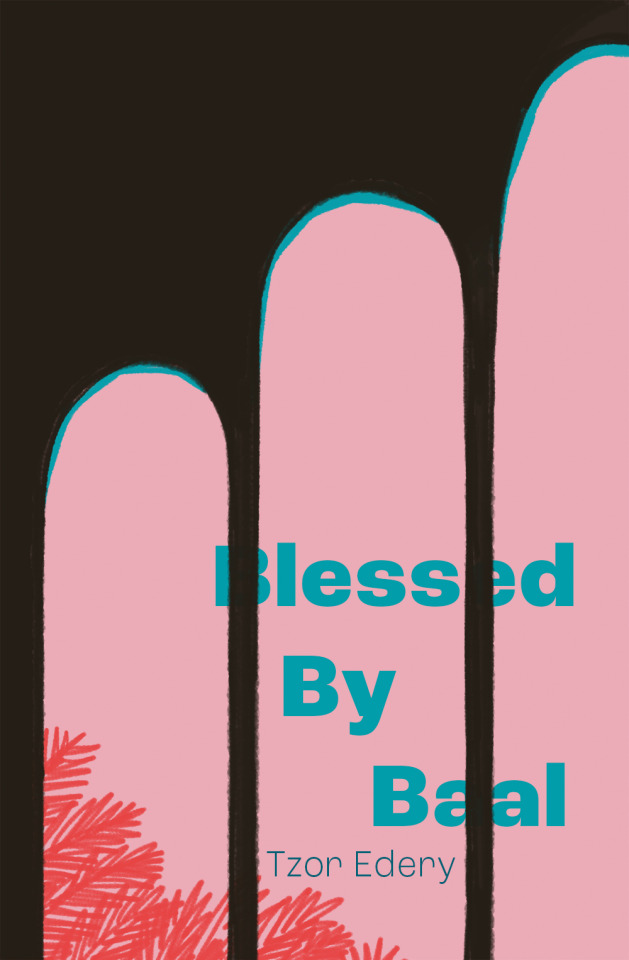
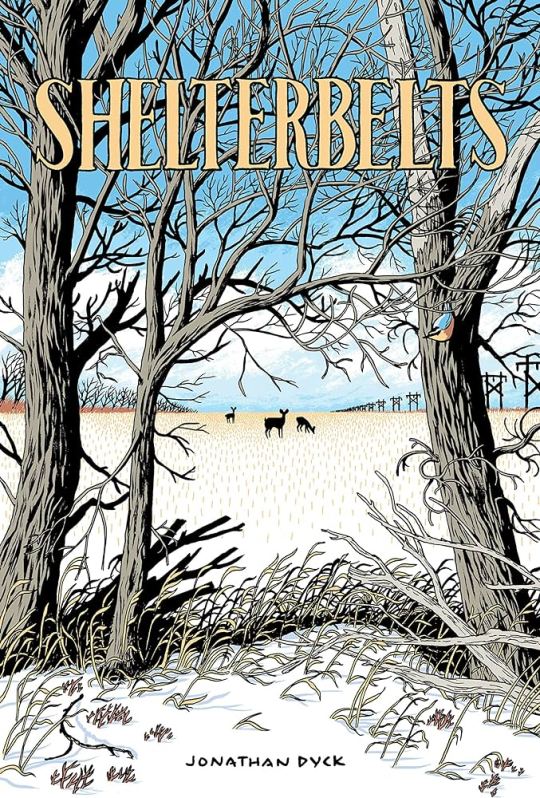
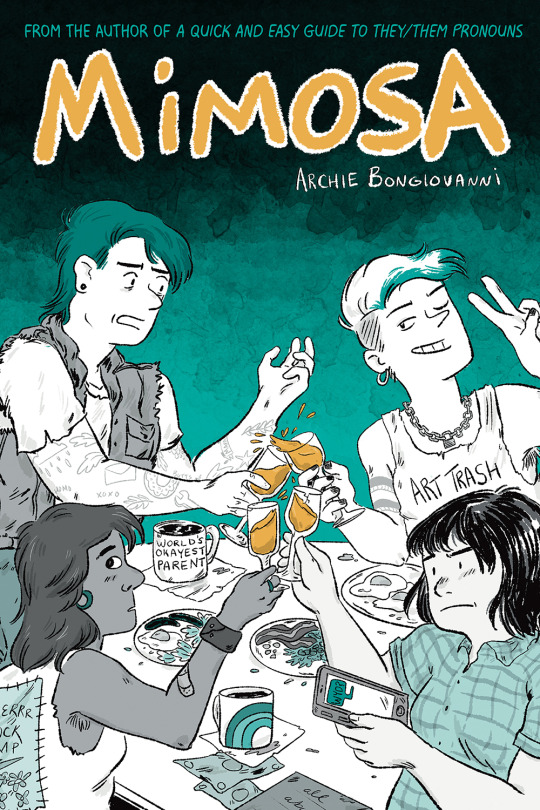



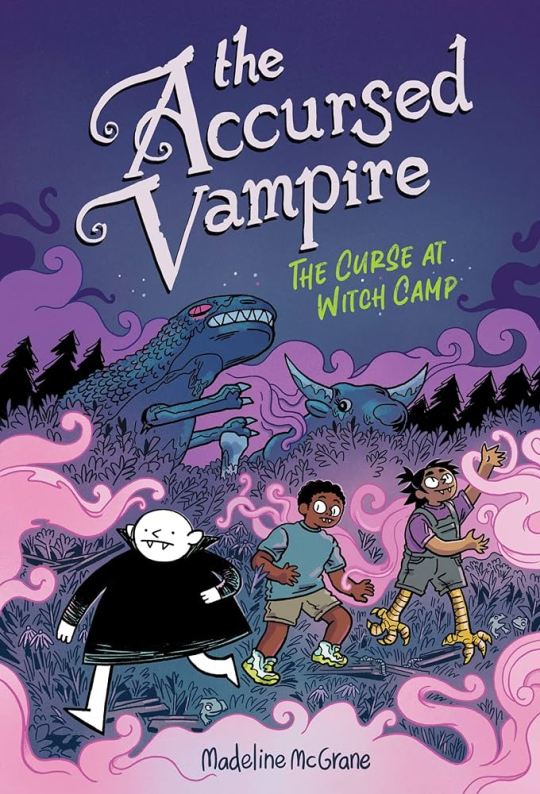
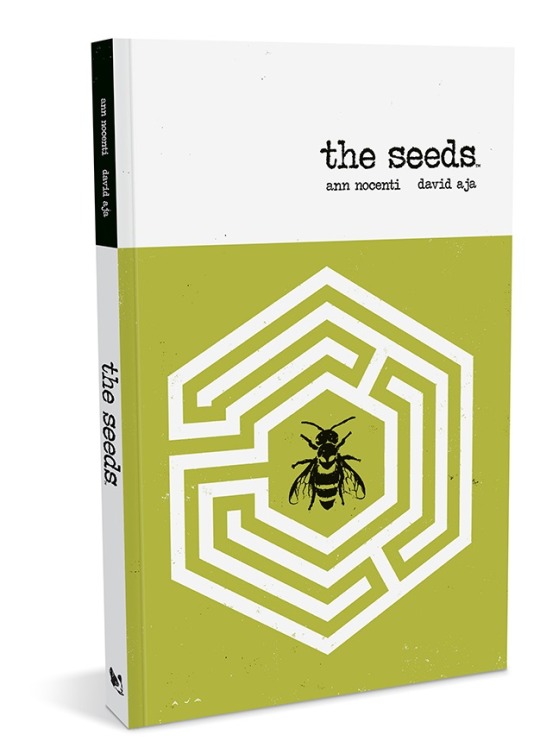
The Accursed Vampire: The Curse at Witch Camp by Madeline McGrane
Three young vampires go to a summer camp for magic. Only two can cast spells, so the third, Dragoslava (queer icon) bums around and gets sad. But all is not as it seems at witch camp! (Duh!) Everyone is drawn into a magical plot, and we get touching moments (for real) about what adults owe kids, what kids owe each other, and how to navigate rejection and difference.
The Seeds by Ann Nocenti & David Aja
I just love David Aja art. The flat, sickly colors, the bold shapes. And Nocenti is just a weirdo; her aggressively allegorical writing from the '80s and '90s is toned down now, and she gives the art lots of room to do the heavy lifting.
Mimosa by Archie Bongiovanni
I'm happy to see queer artists of my generation reach middle age and make stories that are about getting older in this insane world of ours. Bongiovanni creates a great cast of aging urban queers who struggle through claiming responsibility for their feelings and actions.
Shelterbelts by Jonathan Dyck
Somewhat in the tradition of the "great" male cartoonists of the Fantagraphics age (Chester Brown, Seth, etc), Dyck takes everything I liked about those comics (the meandering pacing, the clear spare linework, the simmering emotions) and separates them from everything I hated (the misogyny and queerphobia). Shelterbelts is about a growing town in Canada struggling with religious tensions, the generation gap, and everything else our towns are struggling with.
The Chromatic Fantasy by H.A.
A transmasc nun makes a deal with the devil to escape the nunnery. Outside, he commits crimes and falls in love. I loved the bright, flat colors that are equal parts stained glass and old anime. And I loved how the main character deals with his self-hatred, internalized by growing up in a system that demands he be anything but himself.
Adversary by Blue Delliquanti
Real gutpunch shit. What are our responsibilities in the ongoing crises of looming fascism and disease? And how do we see those responsibilities across the intersection of race and sexuality? But all this is contained in a tragic love story set in the height of the pandemic.
Grog the Frog by Alba B.G.
I never watched Adventure Time, but I gather that fans of the show got from it something similar to what I got from Grog the Frog: fresh worldbuilding, funny dialogue, and great art all layered over a surprising level of emotion.
Blessed by Baal by Tzor Edery
Beautiful art. Great porn. People struggle with sex, personal joy, and understanding the self in the wider erotic world.
447 notes
·
View notes
Note
Lately I've been reading "Drawdown", by Paul Hawken et al, a comprehensive set of strategies for tackling the climate crisis. Your Cambrian Wildwoods post reminded me of one of the solutions - Silvopasture, from the Latin for 'Forest Grazing'.
Essentially it means proposing to farmers that a portion of land be forested and that their animals freely graze there. It can be extremely flexible - planting trees in existing pasture, thinning down woodland to allow for forage growth, using trees as natural fencing, and more.
It's got good potential for carbon capture, and also for saving farmers money in feed and fertiliser, creating better conditions for livestock by keeping them in the shade, and potentially providing secondary income sources in fruit, nuts, etc.
What do you think of it as a potential avenue for Welsh farming? The focus in "Drawdown" is on cattle farming, but I don't see any reason not to trial it with sheep - especially since it could be spun as a hybrid of both aspects of traditional culture...
("Drawdown" also emphasises peer-to-peer uptake through word-of-mouth, rather than being pushed by outsiders.)
Oh, yes - it's basically what they did at Pontbren. That was a farmer-led initiative - one of the big expenses with sheep farming is having to bring them into barns over the winter and supply all feed, but traditionally they'd have stayed out all year. So these farmers got together and went, "How do we ethically and sustainably reduce this expense?"
What they realised is that they were paying for (a) the government-enforced decision post-WW2 to swap to high-yield breeds of sheep that weren't suited to the Welsh climate and topography (i.e. wet as fuck and mostly vertical), and (b) the decline of traditional hedgerow management and shelterbelts. And so the dream was born.
They contacted the Woodland Trust purely to act in an advisory capacity - they wanted to know which trees would be best, and where. They could take much land out of production, but the beauty of hedgerows and shelterbelts is that they're linear features that replace your fences. That was how environmentalists got on board - we were invited, and we remembered that. We were therefore allowed to do a couple of experiments as it progressed, such as testing the infiltration rates of rain into groundwater rather than run-off and comparing it between hedgerow fields and fence fields. Meanwhile, the farmers replaced their stock with native breeds - I believe mostly Welsh Mountain Sheep, which look amazing:
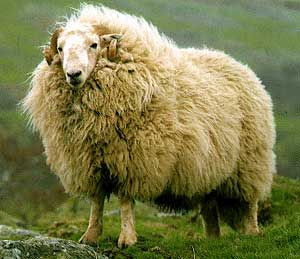
Ain't no rain getting in THAT.
Anyway, a few strategically placed shelterbelts and hedgerows later and:
The sheep can now safely stay out all year round, excepting storms
The sheep are actually healthier and have higher welfare standards
Floods have reduced thanks to higher infiltration rates
Soil erosion is reduced so the fields and river are healthier
The farmers have saved money
The farmers are now making extra money, because they started a tree nursery and sell trees as a side project
You can read multiple publications on it here
So yes! Silvipasture is actually a huge tool for the future that we need to be embracing, as is agroforestry for arable farming, and the frustrating/hopeful part of it is, these are tools we used to use. This isn't new knowledge - it's forgotten knowledge that we need to reclaim. But even aside from the immediate benefits, it also has massive implications for resilience in a world with a warming climate, and we need to do it faster.
591 notes
·
View notes
Text

Shelterbelt, Esashi, Hokkaido, 2023
防砂林, 江差町五厘沢町, 北海道, 2023
27 notes
·
View notes
Text
BOTD: Mississippi Kite

Photo: Andy Reago & Chrissy McClarren
"One of our most graceful fliers, this kite glides, circles, and swoops in pursuit of large flying insects. Despite the name, it is most common on the southern Great Plains. During recent decades, the planting of trees in shelterbelts and towns has made it possible for this bird to nest in many areas where it was formerly scarce; many towns on the southern plains now have their own nesting colonies of Mississippi Kites."
- Audubon Field Guide
#birds#mississippi kite#birds of north america#north american birds#kites#raptors#birds of prey#birds of the us#birds of mexico#birds of central america#birding#birdblr#birblr#bird watching#bird of the day#Ictinia mississippiensis
77 notes
·
View notes
Note
For the summer/fall reading club - I just finished my fifth book this morning! Yay reading!
- Coyote America by Dan Flores
- Gideon the Ninth, Harrow the Ninth, and Nona the Ninth by Tamsyn Muir (are we sensing a trend here)
- Shelterbelts by Jonathan Dyck
I finished Nona and I am still so very confused, but delighted!
YOUR POEM:
They say that a comedy ends in marriage
and tragedy in death
but what about life falls so neatly
and who gets to say its the end?
What if we just said 'no' and made
the story play on?
How many lives could we get?
Hearts lit up across the board.
Let me start again, I say. Let me begin anew.
The wedding is one say say good night,
but I choose the life thereafter.
Let's have a cup of tea, build up our mana,
and adventure forth again.
16 notes
·
View notes
Text
Quercus pacis

Late October 1955 Eleanor Roosevelt was flying from Columbus to Chicago in route to Burlington, Iowa. As she recounted in her syndicated column My Days—“We flew rather low and were able to see the wonderful Ohio farming country. How wise they have been everywhere to keep their wood lots on every farm—and along the rivers and along the roads, too, there seemed to be rows of trees everywhere. It is flat land and from the air it looks like good land.”
The wisdom she saw below perhaps carried with it memories of the recklessness culminating two decades before over farmlands west of Ohio, where neither tree nor grass was left to hold the earth to the ground so that instead earth became air and this air became brutal as it blew over, through and into everything it crossed. “Field Are ROBBED of Fertility by MISUSE” a poster shouted from the depths of a Dust Bowl fissure, desiccated roots hanging overhead like stitches ripped out prematurely.


But Eleanor, FDR and thousands of farmers saw that crisis through, aided as much by payments and policy as by plants, especially the millions and millions (and millions) of trees planted for the Great Plains Shelterbelt. In time the earth settled, and it could be called “good land” again. The threat to this goodness in 1955 was not so much aridity and erosion as it was atomic. Roosevelt’s travels in late October were in sponsorship of the United Nations— celebrating its tenth anniversary that month. Trees were to play a part in spreading the peace this organization was hoped to ensure across and between lands. In her U.N. Day column, Roosevelt quoted Senator Arthur Vandenberg:
"The United Nations is our only chance to keep faith with those who have borne the heat of battle. You cannot plant an acorn and expect an oak unless you plant the acorn. In the charter, we undertake to plant the roots of peace. No one can say with finality how they will flower, but I know without roots there will be no flowers. I prefer the chance rather than no chance at all."[1]
These metaphorical oaks were becoming material ones outside the furrows and grounds of texts, as elsewhere on UN Day trees were being planted across the country in big northern towns like Bridgeport, Connecticut and, apparently, very small southern towns like Scotland Neck, North Carolina. The two planted here are water oaks (Quercus nigra). Were they chosen specifically for their acorn-to-tree symbolism, or because they grow so well in coastal plains? Whatever number of these UN trees were planted nationally, certainly it was far below the number planted in Shelterbelt, but even so I suppose the hope was (is?) that together their boughs would provide a windbreak against the gales of war, strife and ignorance which so often perpetuate each other at the expense of peace.
The words on the stone tablet are still as legible as the water oaks are still lush and live, yet I wonder how viable the meaning of either of them remains— is an oak still a promise of the grander of growth, is an intergovernmental organization still a prospect for peace? Or perhaps the insensitivity to plants called “plant blindness”[2] is not unrelated to an insensitivity to peace (local, regional, or global); neither seem much noticed until they are cut down—the task is to make both sensible before that occurs. I can’t say with finality if this is truly possible, but I’ll take my chance in trying to do so rather than take no chance at all.[3]
[1] Eleanor Roosevelt, "My Day, October 24, 1955," The Eleanor Roosevelt Papers Digital Edition (2017), accessed at: https://www2.gwu.edu/~erpapers/myday/displaydoc.cfm?_y=1955&_f=md003311.
[2] Though effective as a term, it might be more sensitive to call it plant insensitivity, for vision is not the only means to engage plants and not all have vision to sense plants.
[3] Images:
Fields Are Robbed of Fertility by Misuse. 1935. Richard H. Jasen, poster on wove paper. FDR Presidential Library.
Plains farms need trees Trees. 1940c. Joseph Dusek, silkscreen poster. Library of Congress.
0 notes
Photo



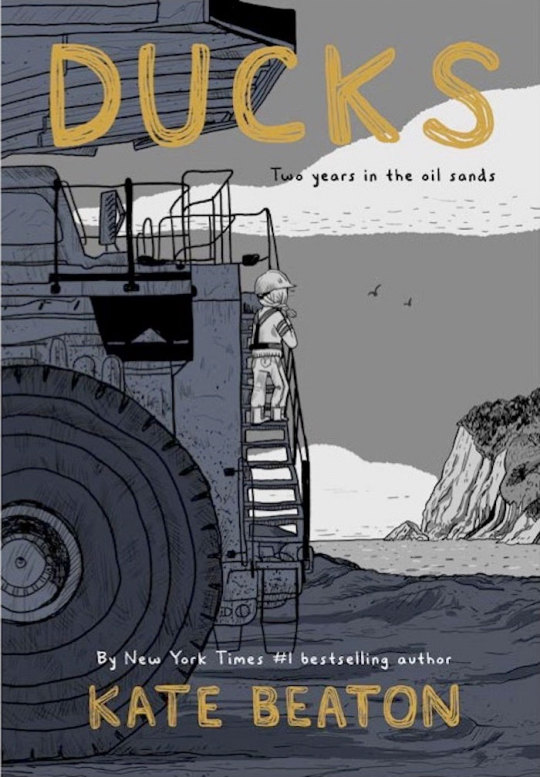
Kate Beaton, Jonathan Dyck + more win at the 2023 Doug Wright Awards
Henriette Valium was inducted into the Giants of the North hall of fame.
#kate beaton#jonathan dyck#ivana filipovich#you know sex#shelterbelts#ducks#where have you been?#doug wright awards#comics#graphic novels#canada#giants of the north#henriette valium
0 notes
Text
Read The On-Farm Productivity Benefits Using Shelterbelts
Uncover more on-farm productivity benefits with shelterbelts in our article. It increases pasture yields by 20 to 30 percent and delivers up to 20 percent increases in live weight gains. Visit our website for more details.
#Limestone Coast Landscape Board#on-farm productivity benefits#benefits of shelterbelts#Entegra Signature Structures#Farm Shed#Australian farmer
0 notes


